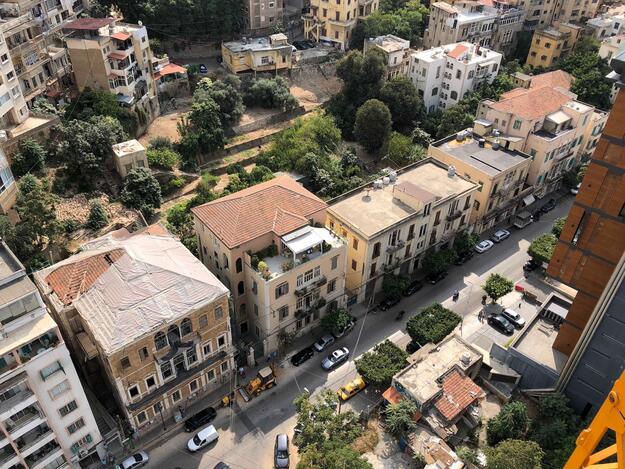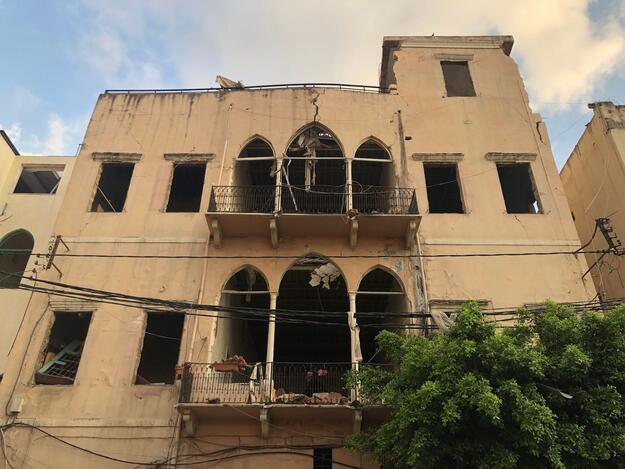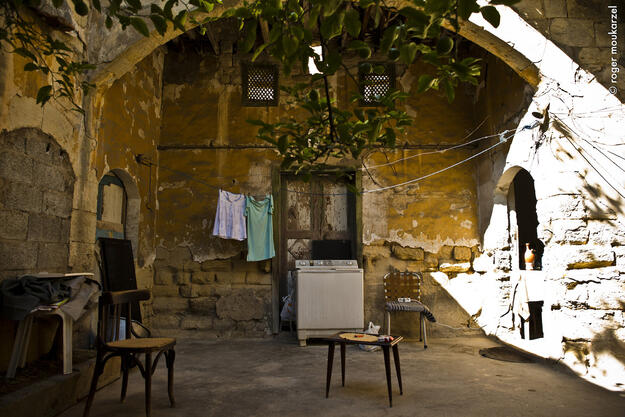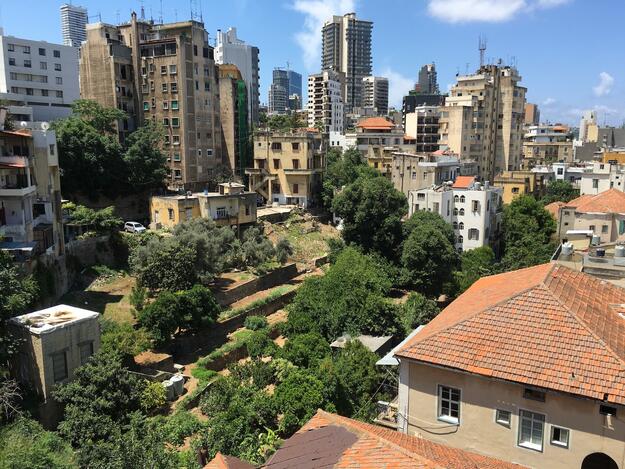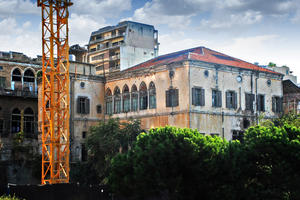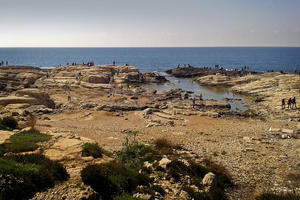Heritage Buildings of Beirut
Site History and Significance
Massive Blast Causes Widespread Destruction
On August 4, 2020, a massive blast at the port of Beirut devastated a large section of the city. Fueled by the ignition of inadequately stored ammonium nitrate, the explosion destroyed windows, damaged buildings, and took lives. At least 218 people died and more than 6,000 were injured by the blast, while an estimated 300,000 Beirut residents were displaced from their homes. A Rapid Damage and Needs Assessment sponsored by the World Bank, the United Nations, and the European Union valued the total damage at roughly $4 billion and estimated related economic losses at over $3 billion. The explosion was one of the largest in history not caused by a nuclear reaction.
Directly affected were hundreds of historic buildings distributed throughout the neighborhoods of Gemmayzeh, Mar Mikhael, and Karantina, as well as Ashrafieh, a prosperous area rising on a hill further south. Together, these four neighborhoods contain one of the largest concentrations of heritage buildings in the city, dating from the nineteenth and twentieth centuries. They include Ottoman-era houses, many of them built for the city’s nineteenth-century business elite, as well as buildings representative of newer styles introduced during Lebanon’s French Mandate and modernist architecture. Many of the facades of these buildings follow a distinctly Beiruti style that integrates three arched bays on the upper floors, often separated by marble columns and screening a large central hall behind them.
Consecutive Crises Threaten Beiruti Heritage
The blast compounded multiple crises facing Lebanese society, including a severe economic downturn that began in 2019, prompted by failures in the banking sector and exacerbated by the collapse of tourism due to the COVID-19 pandemic. Emergency funding from local and international donors was directed to assessing, documenting and protecting damaged neighborhoods and buildings from the elements and to rehabilitation, while a UNESCO-led initiative has sought to coordinate support in partnership with Lebanon’s Directorate General of Antiquities. The magnitude of the challenges has given rise to fears that many damaged buildings will be razed and redeveloped, marring the historic character of the city.
To prevent this, the October 2020 law no. 194 enacted a two-year ban on the transfer of property in affected areas. To help guide property owners and tradespeople, the Beirut Heritage Initiative has published a restoration manual focusing on buildings of the later Ottoman period, while a forthcoming volume will cover buildings of the twentieth century. However, privately owned historic buildings will not be safe from redevelopment until property owners are able to access needed funds in the form of grants or bank loans to repair, rehabilitate, and even upgrade these buildings. At the same time, urban scale strategies are required to safeguard heritage fabric and maintain the historic character of intact neighborhoods. These include the creation of a historic buildings inventory to identify significant elements and the development of protective policies to safeguard the historic building stock.
2022 World Monuments Watch
The 2022 World Monuments Watch seeks to underscore the immense challenges facing Beirut heritage and support collaborative efforts to develop and implement strategies for the city’s successful recovery.
![]()
Learn More
Through the World Monuments Watch, WMF collaborates with local partners to design and implement targeted conservation programs—including advocacy, planning, education, and physical interventions in the historic built environment—to improve human well-being through cultural heritage preservation.
Sign up for our newsletter to receive regular updates on our projects, stories from the field, upcoming events, and more!
![]()

